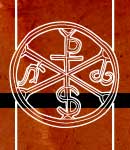
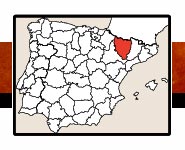

 |
 |
||
 |
|||
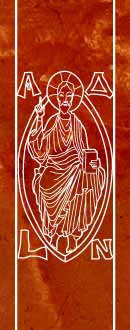 |
(40)/D-J/HUES-SobAin-40.jpg) |
-55/BOOK-cort-40.jpg) |
 |
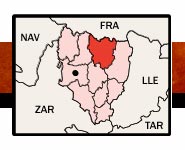 |
||
 |
|||
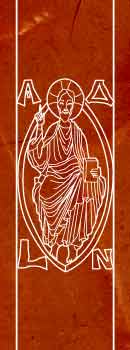 |
ACCESO POR CARRETERA (SOBRARBE-AINSA) UBICACIÓN DE ENCLAVES:Acceso por la N-260 (Ainsa); mientras por la A-138 (Barbastro-Ainsa) puede accederse a Samitier, La Mata y Abizanda. ACCESO PARA MINUSVALIDOS:Con silla de ruedas el acceso es no factible al castillo de Ainsa ( aunque si podrás entrar en el patio de armas ), a la iglesia de San Acisclo y Santa Victoria de Lamata (escalón) Abizanda: No posible para sillas de ruedas. |
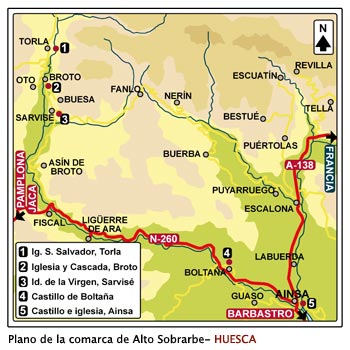 |
ACCESS BY ROAD (SOBRARBE-AINSA) LOCATIONAccess by N-260 (Barbastro-Ainsa), while on the A-138 (Barbastro-Ainsa) you can access Samitier, La Mata and Abizanda. ACCESS FOR HANDICAPPEDWheelchair access not feasible to the castle of Ainsa (although you'll can enter in the courtyard), to the church of San Acisclo and Santa Victoria de La Mata (step). Abizanda: Not possible for wheelchairs. |